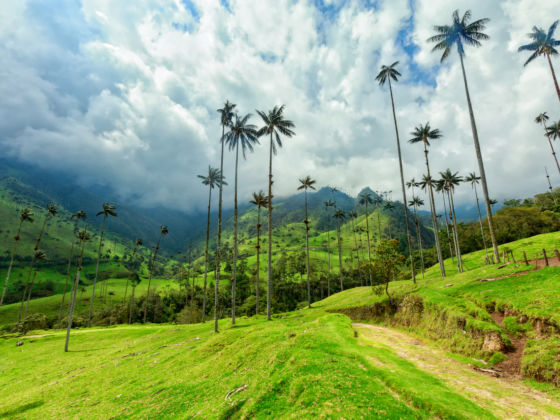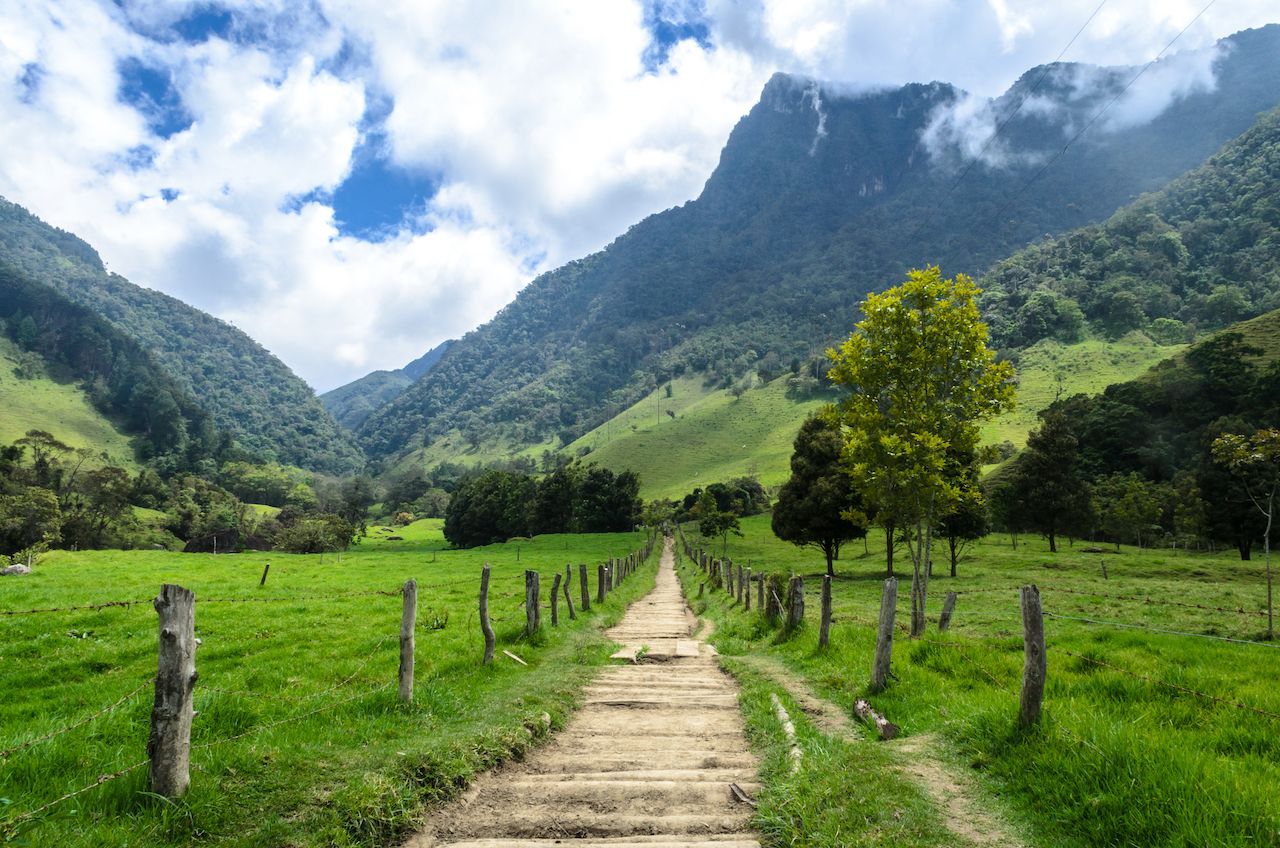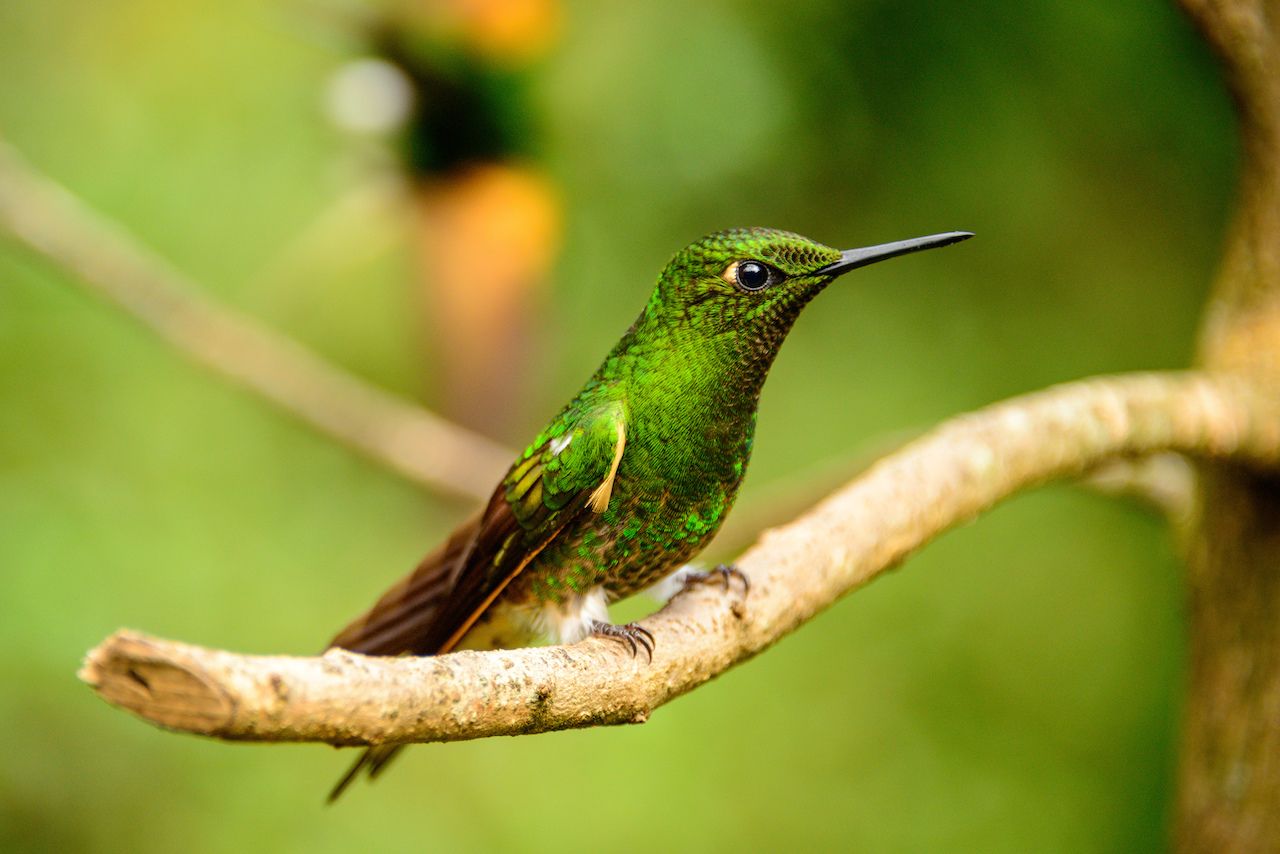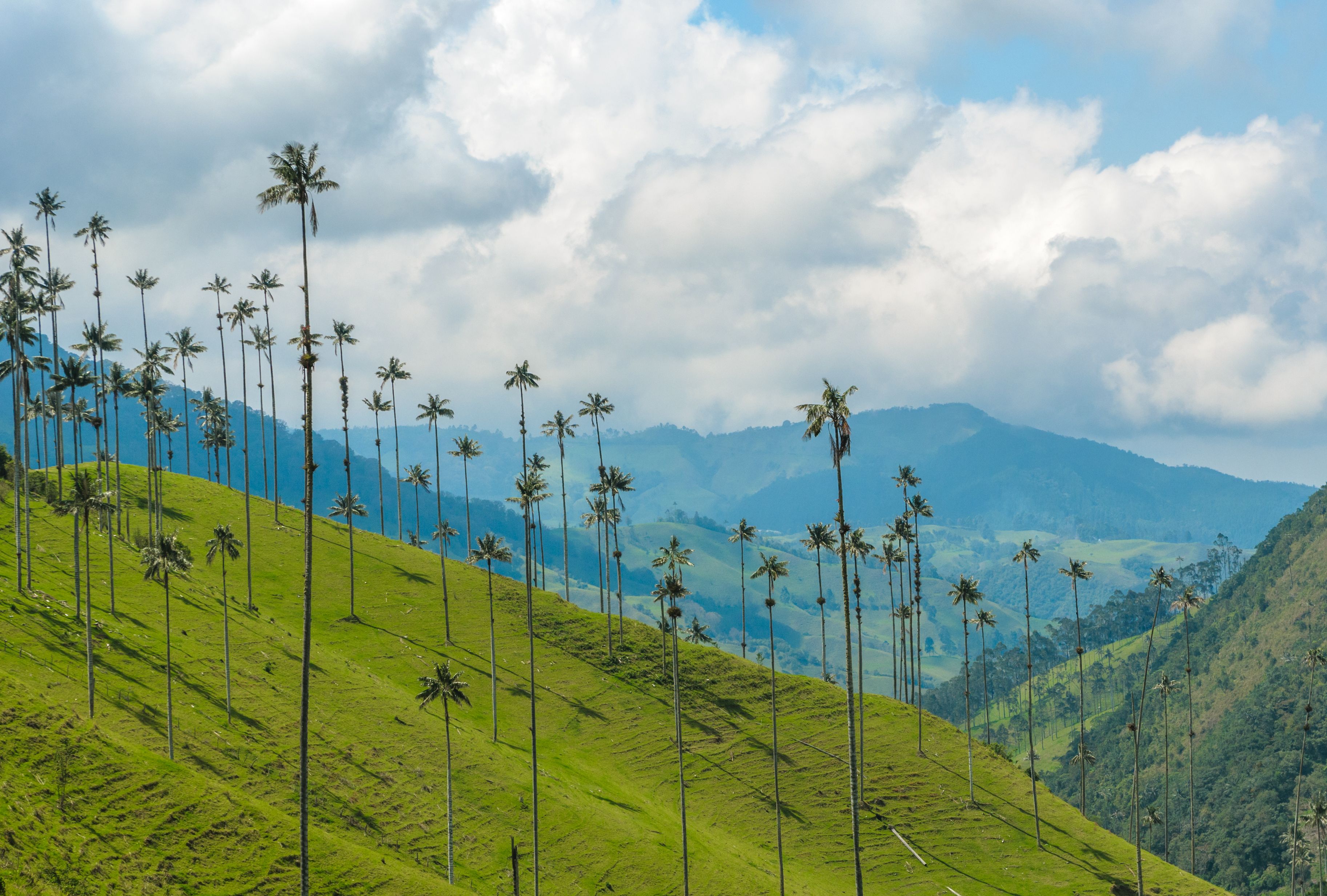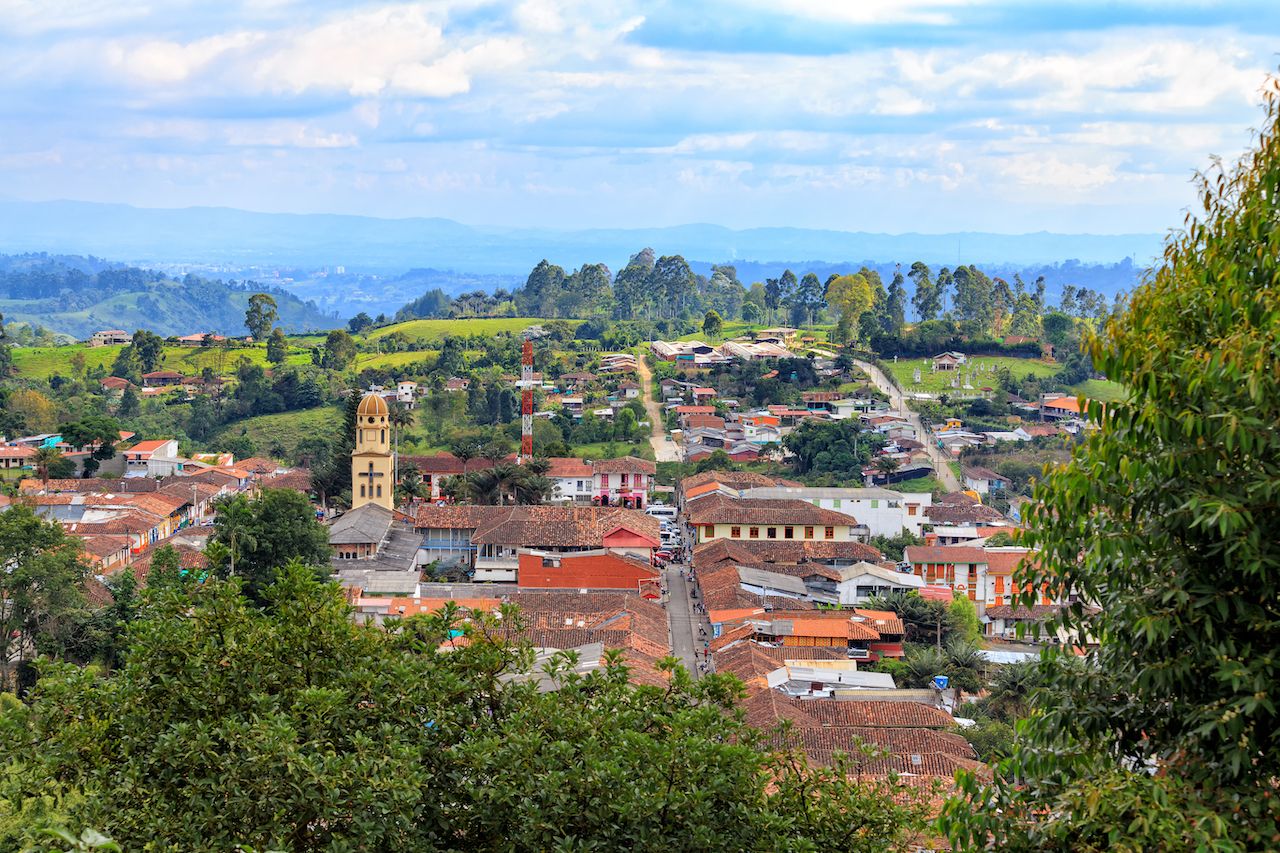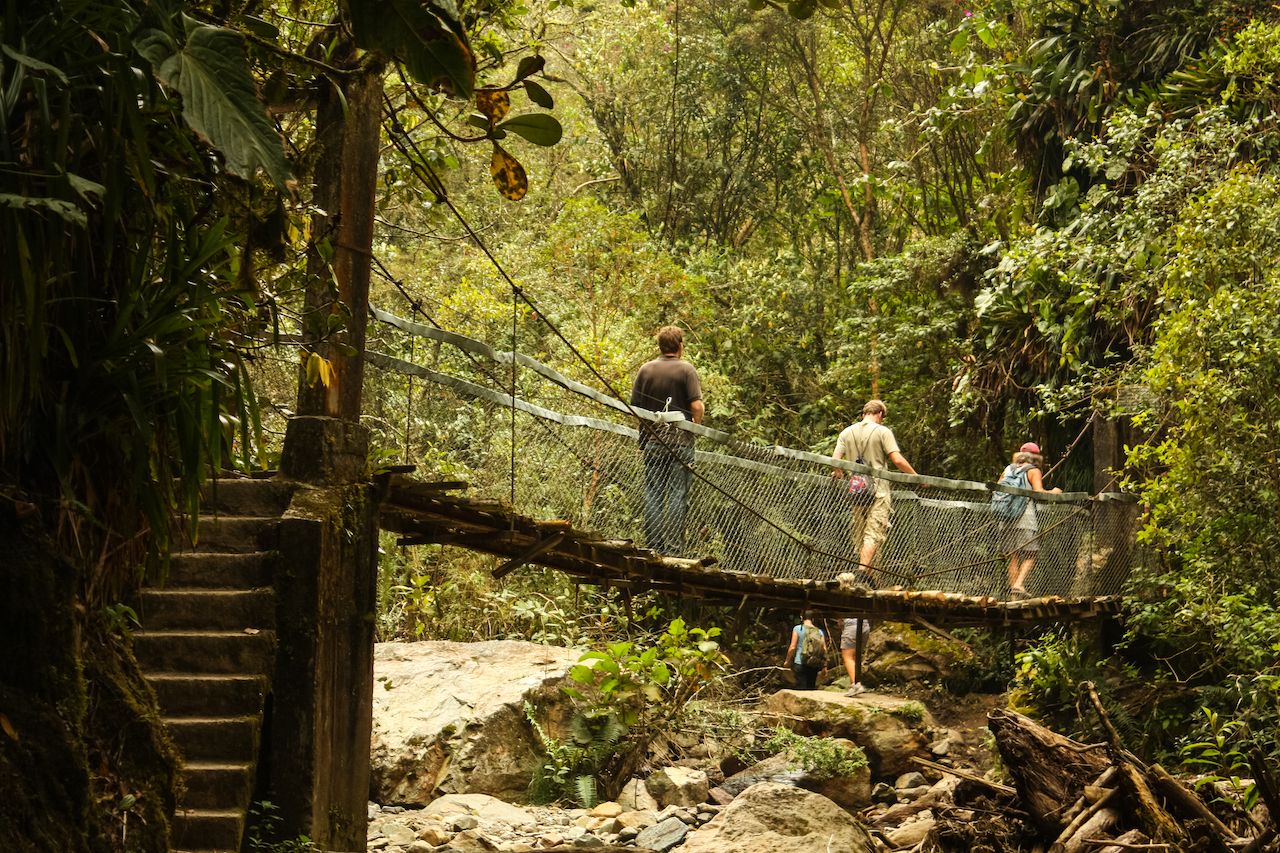Colombia has 51 national parks, Amazonian jungle, Andean glaciers, coral reefs, and the richest bird biodiversity of any country in the world. The hiking, paragliding, and snorkeling options are incredible. All of which is to say that Columbia is a paradise for outdoor lovers. Yet one outdoor adventure towers above the rest.
The Cocora Valley, home to the world’s tallest palm trees and a landscape plucked straight out Dr. Seuss’s The Lorax, is Colombia’s most famous attraction. Backpackers and hikers flock to the sleepy coffee town of Salento for easy access to the valley’s hike, which culminates in the main attraction: the wax palm valley. Most do the hike clockwise, but you should do it the other way around. Here’s why.
